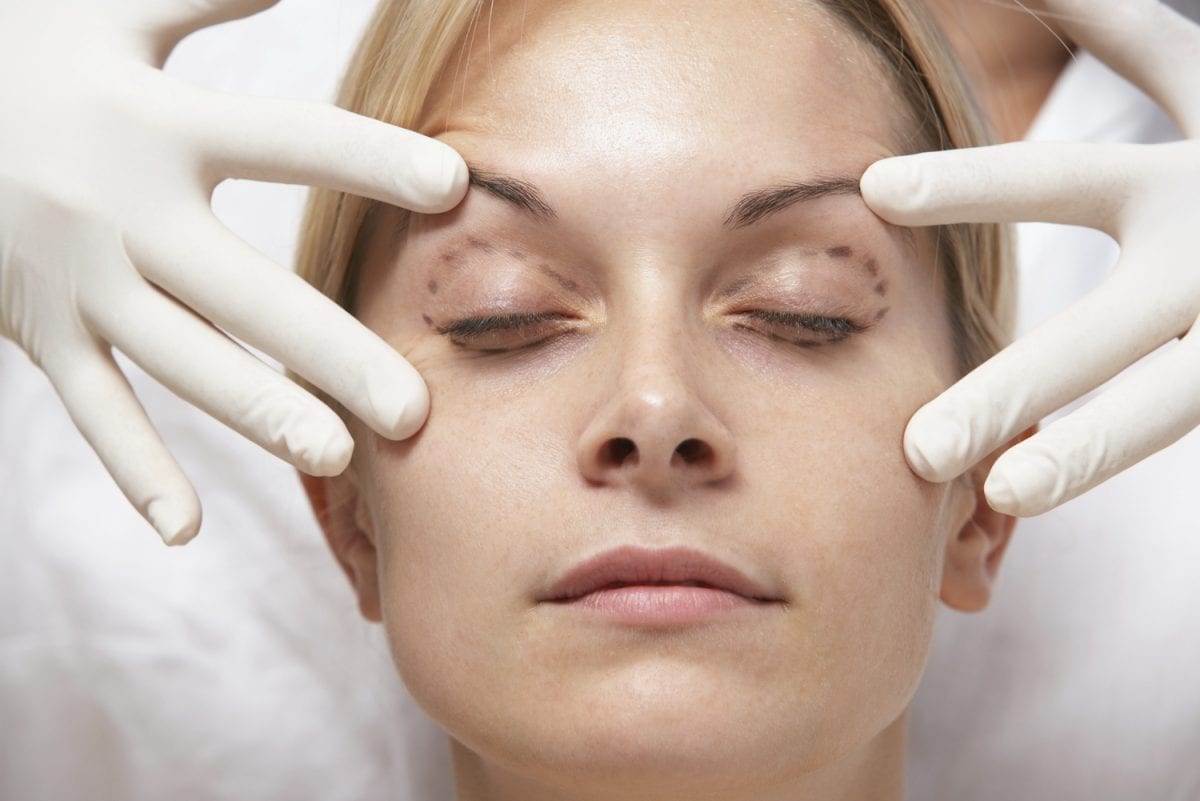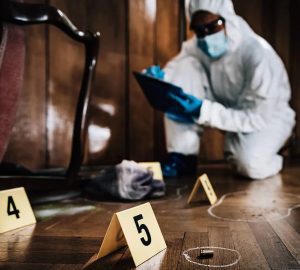It’ s widely known that there’s a stark difference in eyelid crease between people of Western and Asian descent. Studies show that approximately 50% of Asians do not have a crease on their upper eyelid. Today, the “double eyelid” operation, i.e., blepharoplasty is the most commonly performed plastic surgery treatment in Asia. If you are in the US and are thinking of getting blepharoplasty, you should visit West Palm Beach plastic surgeon at the LA Vinas Plastic Surgery and Skin Cancer Center.
If you are one of those people who keep up with Korean beauty popularly referred to as K-beauty, then you must have heard about the “double eyelid surgery.” Well, there’s a lot that you may not know about the procedure.
This article will give a breakdown of what to expect if you’re planning on getting blepharoplasty.
Before the Surgery
The first step is to going in for a preoperative assessment with the doctor. This is where you let them know about your desired appearance and any concerns or dislikes. You could even have pictures to help the surgeon understand what it is that you want.
A preoperative assessment will also ensure that you don’t have any unrealistic expectations because the surgeon will explain what technique is achievable and also recommend alternatives if you happen to ask for an impractical procedure.
The doctor will also perform preoperative planning to determine whether you’ll undergo an upper or lower lid surgery. The former will require determining the amount of excess upper lid fat. As for the latter, preoperative planning will require noting the essential features such as wrinkles, lid laxity, amount of excess skin as pigment characteristics.
Lastly, the doctor must inform you about the possible complications associated with the procedure.
Wound Dehiscence
The surgeon must know which procedure requires sutures and which doesn’t. Choosing the right stitching minimizes wound dehiscence. Your surgeon should, therefore, use prolene for the upper lid surgery to precisely close the wound. If he/ she happens to use CO2 laser incisions, note that the sutures will be removed after a week.
Abnormal Scarring
This is especially common among people of color who are prone to keloids. The surgeon should, therefore, use CO2 laser can be safely used inside the skin to remove fat but avoid incisions if you are likely prone to keloids.
Superficial Ecchymosis and Hematoma
You may experience bruising after the surgery is completed. Excessive bruising can lead to infections or even pigmentation.
Upper Eyelid Overcorrection
Generally, the surgeon leaves 10 mm of skin under the brows while making an incision. However, complications could result in excess fat removal, which will prevent you from closing your eyelid. The surgeon must, therefore, be cautious not to deposit too much laser energy.
Asymmetry
There are times that the eyelids fail to note the facial asymmetry leading to postoperative touch-up surgery. This could become stressful as you would have to wait three months before getting the touch-up operation.
To mitigate this, your surgeon needs to make precise measurements during preoperative planning.
After Surgery
You could prevent superficial ecchymosis by taking proper care of the wound, avoid straining or bending your head, and use ice water compresses. You should expect a bit of blood on the gauzes for the first few days.
You should always remember that if the surgery was successful, then postoperative care lies on you; therefore, it’s essential to keep the wound clean as well as unbruised.








